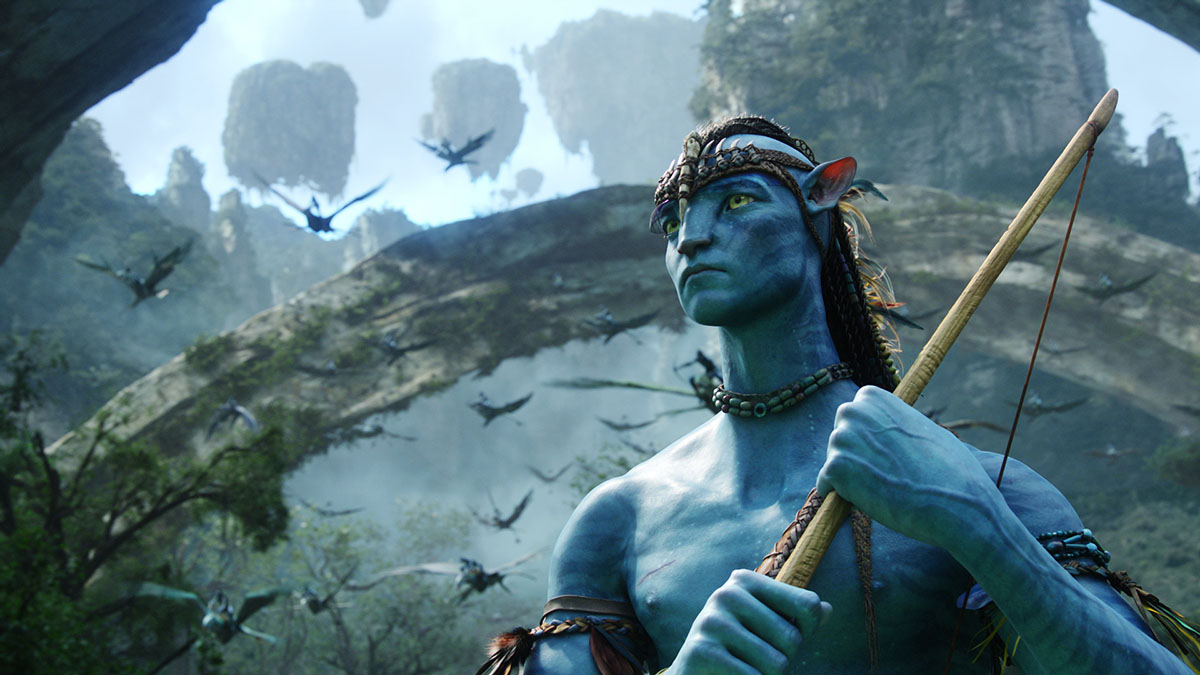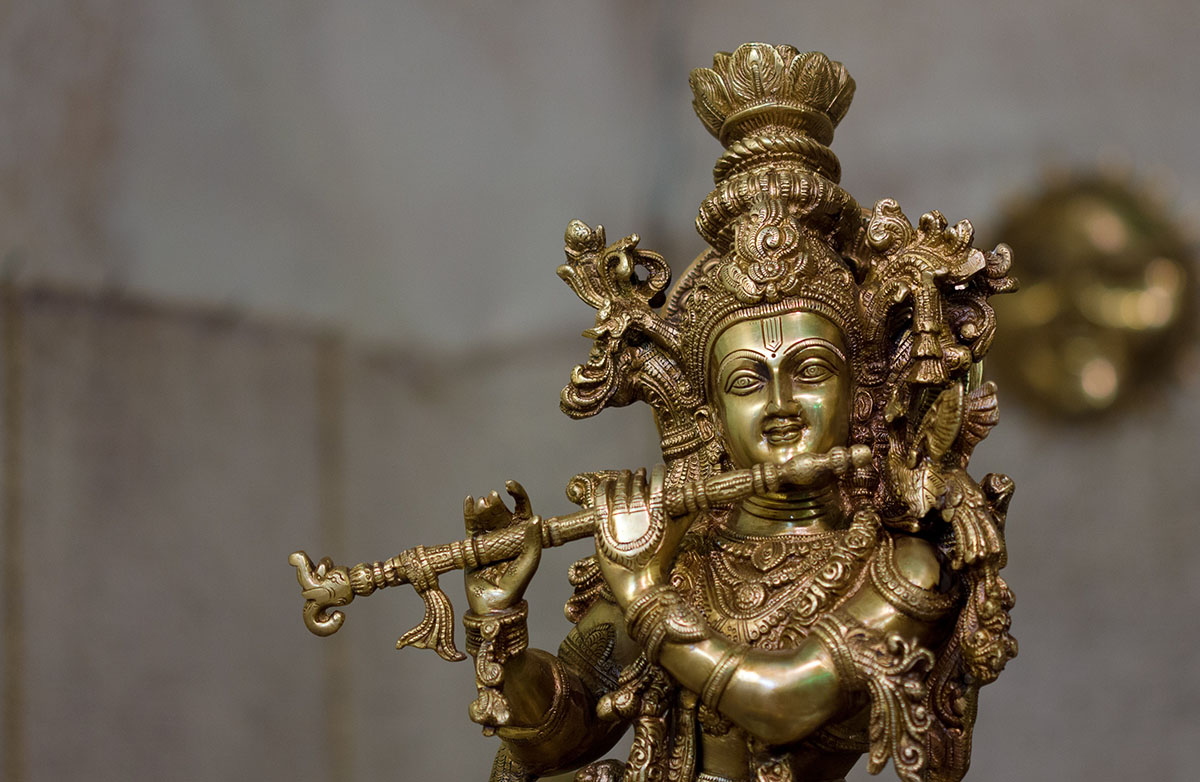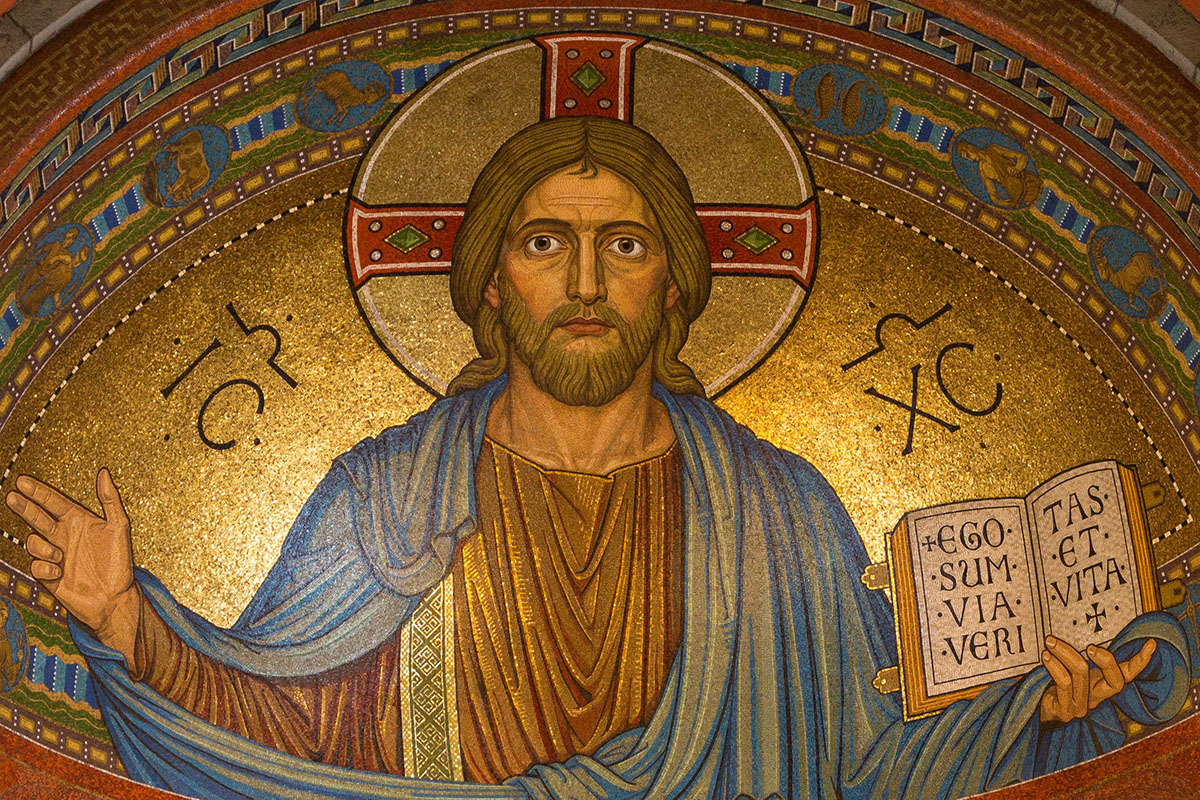Do You Want an Avatar for Christmas?
Posted 12/21/2016 in Missiology Conversations
When my avatar and my sister’s avatar spar in a text message, are she and I really in battle? Why does my avatar headset have less sound quality than my master sound system? Is Dick Tracy an avatar of Warren Beatty or is Warren Beatty an avatar of Dick Tracy? What IS an “avatar” anyway? Is “avatar” really another word for “incarnation?”

James Cameron’s film Avatar (2009) did for this 20-something generation what Star Wars did for mine: gave big, celluloid imagery to what science knows about space-time and our human participation in it. In Avatar, Jake, a human, gives up his humanity and permanently takes on a Na’vi, blue-skinned, human-like existence on Pandora, a moon orbiting gaseous Polyphemus in the Alpha Centauri star system. Since then, the “avatar” fancy has ricocheted into every dimension of contemporary life: at will, we can become a computerized life-form, a celluloid image, another gender, another whatever.
The English word “avatar” comes from Sanskrit avatār, avatāra; the prefix “ava” means “descend” and root verb tṛī means “to cross over.” Taken together, Sanskrit avatāra means “to descend by crossing over.” The Sanskrit term refers most often to the avatārs of the deva (deity) of Viṣṇu, the Supreme Being, when it descends and crosses over into an animal or human form. The traditional ten avatārs of Viṣṇu are a fish, a tortoise, a boar, a lion, a dwarf, a man with an axe, Rāma (central hero of one of two great poetic epics of India, the Rāmāyaṇa), Balarāma (older brother of avatāra Kṛṣṇa), Kṛṣṇa (perhaps the most beloved face of deity in India), and Kalki (harbinger of the end of the age, manifesting on a white horse carrying a blazing sword and bringing an end to the Kali yuga [dark age, 432,000 years] and ushering in the Satya yuga of the current Mahāyuga [4,320,000 years]). Clearly the English word “avatar” comes with heavy baggage.

Add to this that beloved Kṛṣṇa has multiple presences: a loveable, little boy butter-thief, a charming youth playing a flute, the sensuous lover of Rādhā (the lovely cowherding maiden), and the enchanting charioteer/guru of Arjuna, the warrior hero of the Bhagavad-gītā (Song of the Divine Lord; a revered, poetic, lyrical narrative contained in the Mahābhārata, the other great epic poem of India). In the Bhagavad-gītā, we find the quintessential description of avatāra:
The Blessed Lord [Kṛṣṇa in his role as “charioteer” to Arjuna] spoke:
Although I am birthless and my [true] self imperishable,
Although I am the Lord of All Beings,
Yet, by controlling my own material nature,
I come into being by my own super-natural power.Whenever a decrease of righteousness
Exists, Descendant of Bharata [Arjuna],
And there is a rising up of unrighteousness
Then I give forth myself,
For the protection of the good
And the destruction of evil doers;
For the sake of establishing righteousness,
I come into being from age to age.From The Bhagavad-gītā, translated by Winthrop Sargeant (Albany, NY: SUNY Press, 1984), 206-208.
In the many years I have studied and taught “Christian engagement with people of Hindu faith and worship,” what has consistently drawn my attention is how intensely Hindu people depict the Supreme Being manifesting in space and time. Clearly, in their eyes, the Supreme Being wants to be known and cherished. We hear of 330 million faces of the Supreme Being appearing again and again and again: so many faces, so many narratives, and so many depictions! No wonder Bollywood thrives
Certainly there are resonances between Viṣṇu’s avatārs and the incarnation of the Second Person of the Trinity as Jesus Christ of Nazareth. But my purpose here is to note one very important difference. In the words of J. I. Packer, when the Word is born in human flesh (incarnation):
. . . in this world, and now forever in heaven, the Son lives life through the mind-body complex that constitutes humanity—bypassing none of it, even when drawing directly on divine power or intuiting directly the Father’s mind and will. Without diminishing his divinity, he added to it all that is involved in being human.
Unlike avatāras of India that “descend by crossing over” into visible human flesh and then return to invisible, non-embodied spirit, the incarnation of Jesus Christ is once and for all permanent: divine and human. When Jesus dies, he does not become some kind of invisible spirit; rather, he is mysteriously (in ways that God knows but human reason cannot completely fathom) resurrected incarnate, indeed, seen incarnate, again and again, by his followers before his ascension.

Seriously important: It is Jesus Christ’s bodily resurrection that is the assurance of our reconciliation with God and all things and of our bodily resurrection in and through him (Col 1:15-20).
Incarnating in Jesus Christ, God has done something amazingly new (Isaiah 43:19): whether as baby Jesus, as the shepherd who walks with me through the darkest valley, as my teacher, as my intercessor, as my sacrificial lamb, as my resurrection hope, or as the one in whom you and I live, move, and have being, each and every day here in this world, God has incarnated permanently in human life.
Even now, by the Holy Spirit, in the collective human life of the church, in all the activities we call church (preaching the Word, singing hymns of thanks, baptizing, sharing the Lord’s supper, engaging in social justice work in our communities) around the world across time, Jesus Christ continues to live humanly incarnate.
Wow! What a gift, what a responsibility, what a dignity God has given us human beings!
I want Jesus, not an avatār, for Christmas!

Diane B. Obenchain, Director of the China Initiative and Professor of Religion in Fuller’s School of Intercultural Studies, is a comparative historian of religion (PhD Harvard University).

